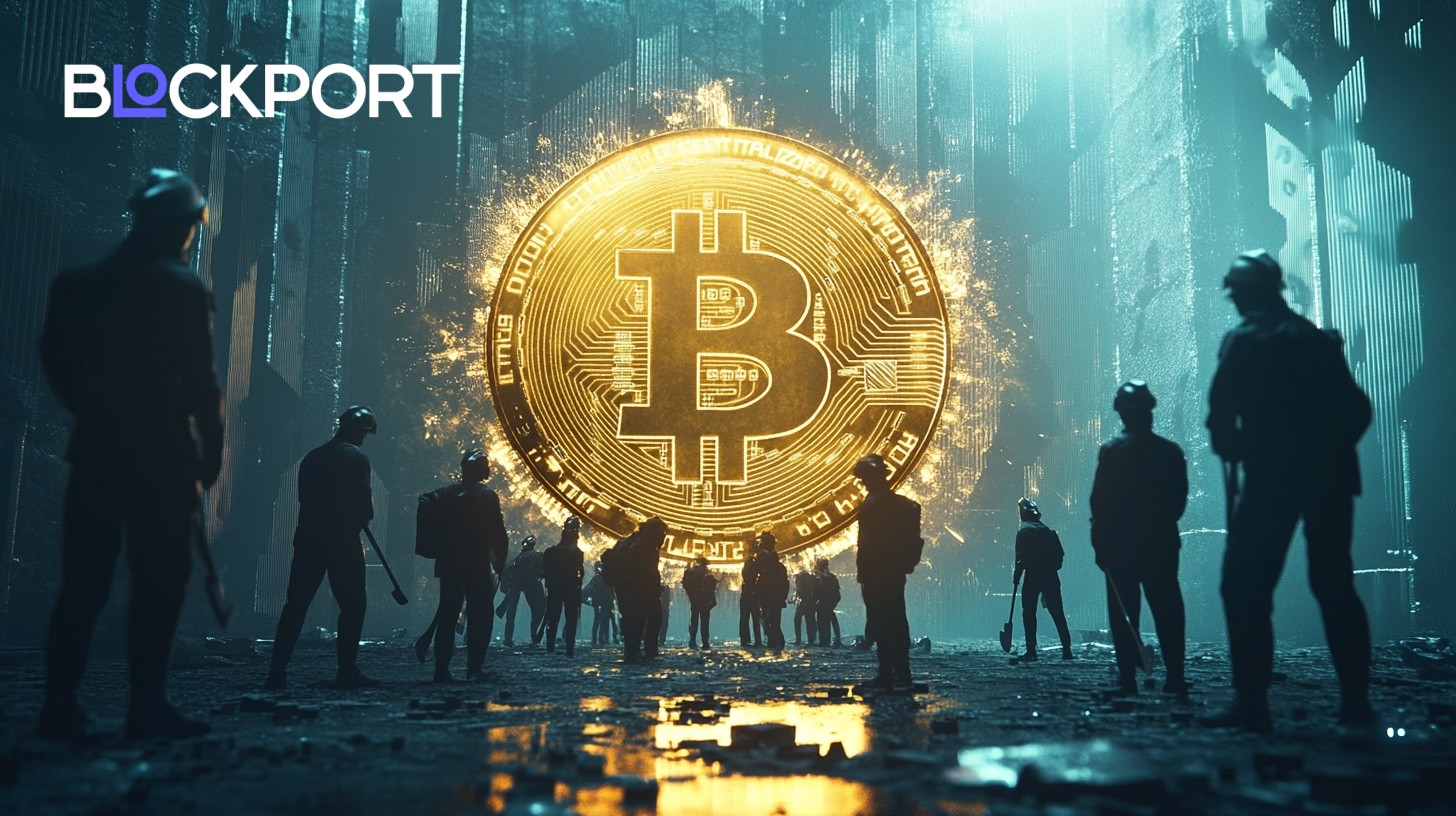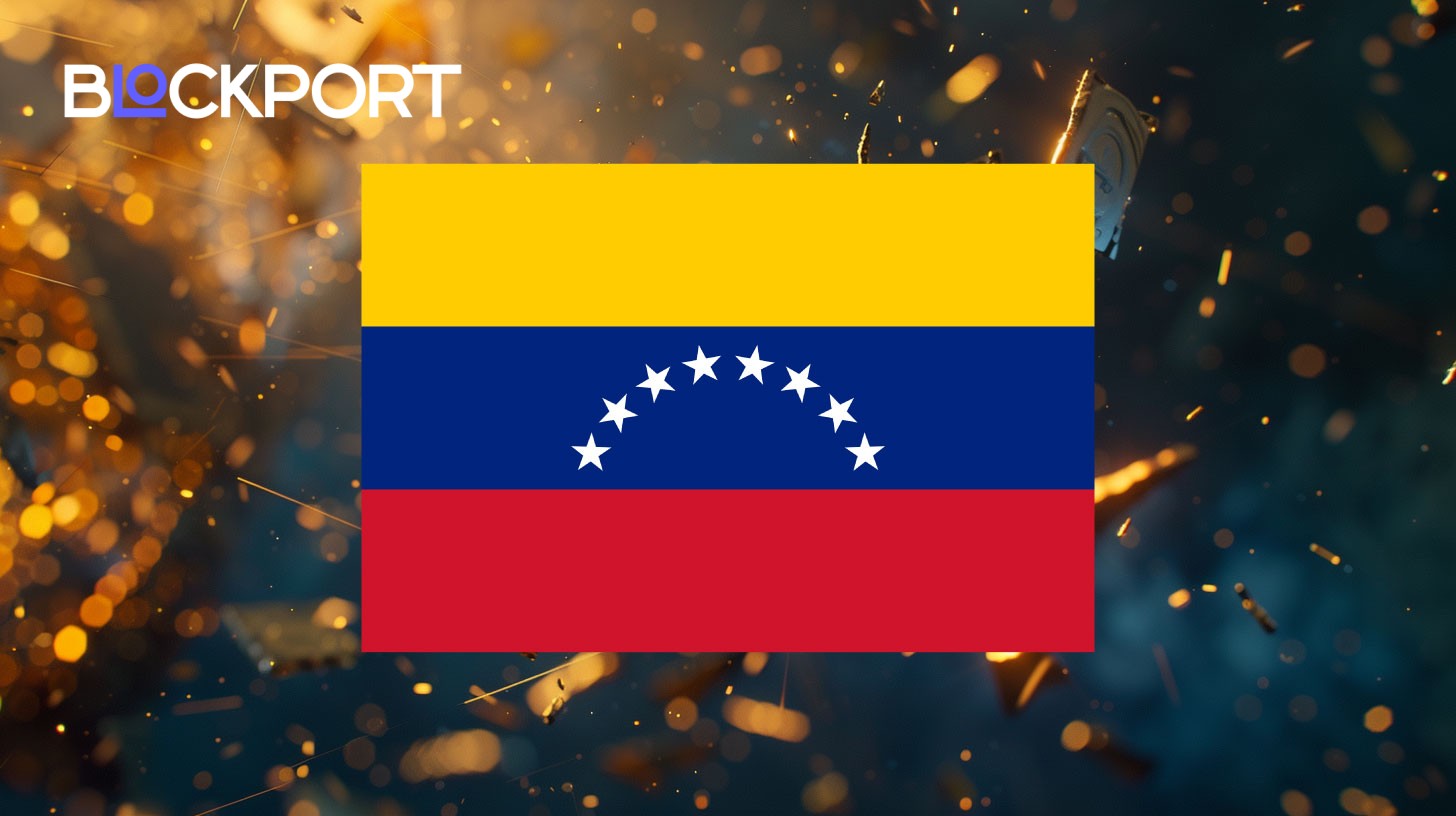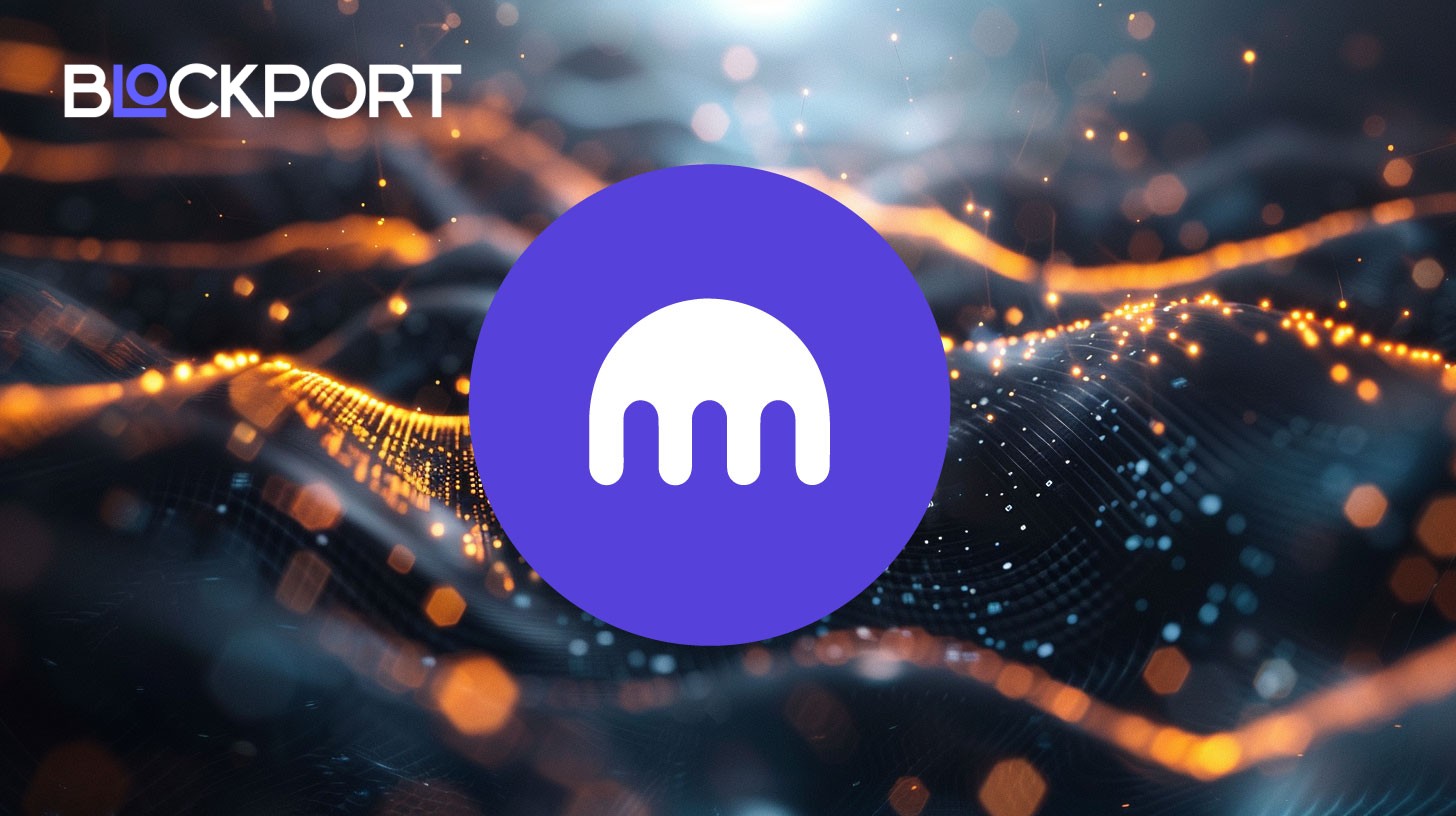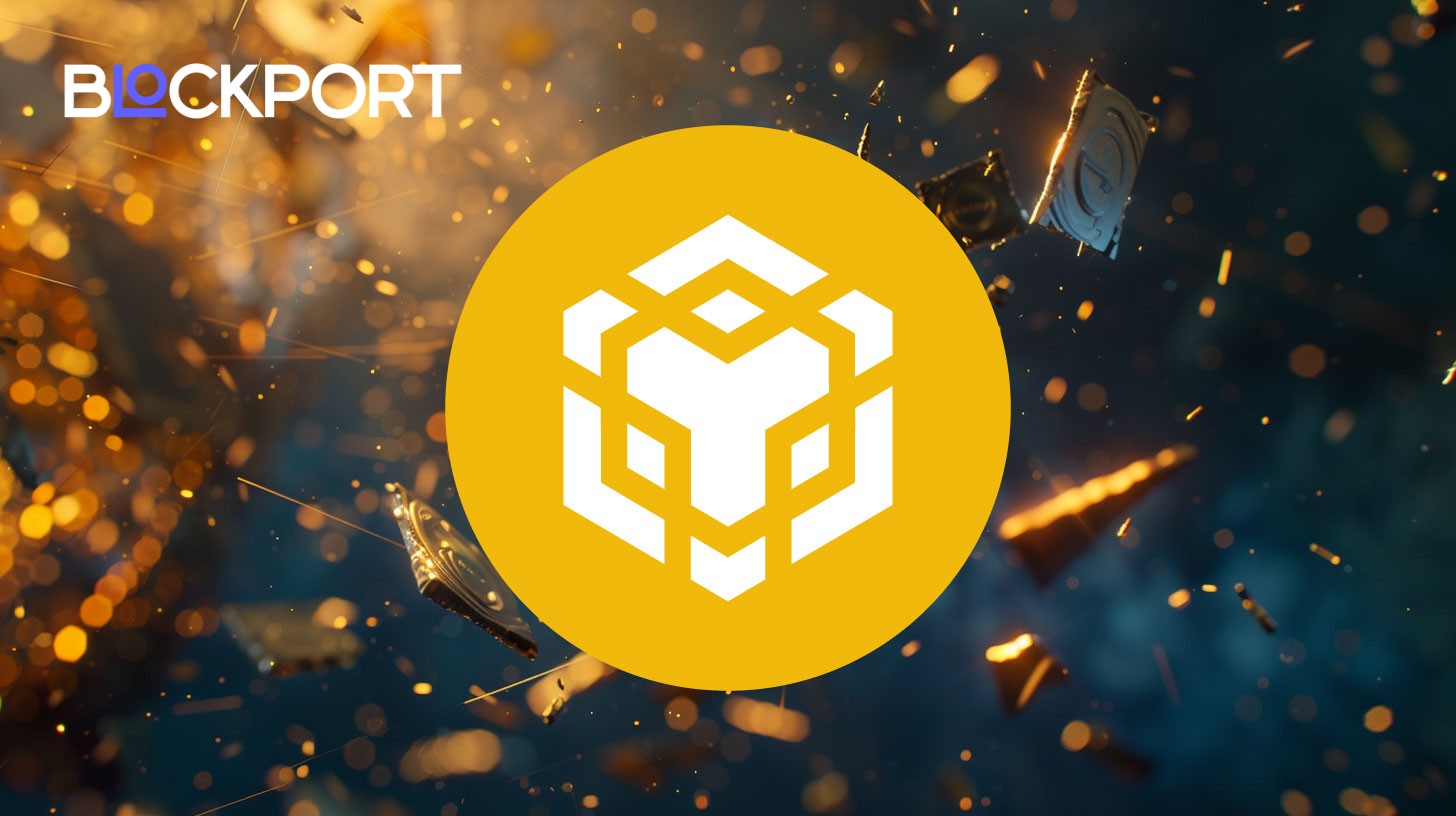PSD2 Meaning Explained: Unlocking Open Banking and Digital Payments

Learn what is PSD2: a detailed explanation, key differences from PSD1, benefits for businesses, and its impact on the crypto industry.
On this page
Imagine your bank transforming from a money vault into an open platform. You decide who accesses your finances and how, while online payments become safer and simpler.
This is the world PSD2, or Payment Services Directive 2, is building. This European directive completely reshaped the payment market. The start of the Open Banking era, raising the bar for digital payment security, became possible because of it.
Ready to find out how PSD2 changes your approach to money?
What is Payment Services Directive 2 (PSD2)
PSD2 is essentially a set of EU rules that shook up the financial world. Its goal: make payments safer and the market open to innovation. The PSD2 directive passed in 2015 as an improved version of the old PSD1. It took full effect in 2018, and from 2019–2021, it introduced strict rules for Strong Customer Authentication (SCA).
The core PSD2 definition focuses on several key ideas, primarily enhancing payment security. To combat online fraud, PSD2 mandated SCA for nearly all online transactions. Confirming an operation or logging into an account now requires at least two independent elements to verify your identity. Examples include something you know (a password), something you have (a phone), and something you are (a fingerprint).
A second vital aspect: promoting Open Banking. The PSD2 directive requires banks to give third-party service providers (TPPs) access to customer bank account data via secure APIs (Application Programming Interfaces), but only with your explicit consent. This opens doors for creating entirely new financial products and services previously unimaginable.
Finally, Payment Services Directive 2 aims to increase competition from new technology providers. Opening the market for new participants, such as Payment Initiation Services Providers (PISPs) and Account Information Services Providers (AISPs), encourages more efficient consumer service.
The PSD2 directive covers a wide range of payment operations within the European Economic Area (EEA) and applies to payment services from financial institutions and TPPs. Its task is to create a unified, more secure, and dynamic payment market in Europe, offering more choice and improved customer experience.
Key Difference Between PSD1 and PSD2
PSD1, passed in 2007, was just the first step toward a unified payment market in Europe. It provided basic rules for international transfers. But the world doesn’t stand still: digital technologies surged forward, and new companies emerged. It became clear a more serious and forward-looking directive was needed. This led to Payment Services Directive 2.
The main differences in PSD2 regulation compared to PSD1 are as simple as comparing a basic feature phone to a smartphone:
- New Market Participants. PSD1 mainly concerned banks. PSD2 expanded its scope to include AISP (services collecting your account data from various banks in one place) and PISP (services initiating payments directly from your account). Now, banks aren’t the only ones offering financial services.
- Mandatory Open Banking. While PSD1 only hinted at data sharing, PSD2 directly obliged banks to open their “doors” for third-party companies via secure APIs, always with your permission. The result? You can see all your accounts in one app or pay directly from your account, bypassing cards. This reveals the essence of Open Banking.
- Enhanced Security (SCA). PSD1 had basic requirements. PSD2 made them truly strict, introducing Strong Customer Authentication (SCA). This is comparable to adding an extra lock to your digital door.
- More Consumer Rights. PSD2 significantly enhanced your protection. For instance, for an unauthorized payment, your maximum loss decreased from €150 (under PSD1) to €50, unless you showed gross negligence.
- All Currencies and Countries. PSD1 mainly focused on the Euro. PSD2 expanded rules to all currencies within the European Economic Area (e.g., Czech koruna, Hungarian forint, Polish zloty, Romanian leu). Payments across the entire EEA became more unified.
Ultimately, Payment Services Directive 2 is more than just a new set of rules. It is a powerful impetus for innovation, secure payments, and most importantly, for you, the consumer, to gain more control over your finances in the digital age.
PSD2 Benefits For Different Types Of Companies And Customers
PSD2 did more than just change rules; it created new opportunities and brought concrete benefits to everyone in the financial market (from banking holdings to everyday online shoppers). This became possible thanks to Open Banking and tightened security measures.
Benefits for Legal Entities:
- Banks and Financial “Veterans”. PSD2 pushed banks to modernize infrastructure and open APIs. This step spurred them to create new services and collaborate with agile fintech companies. This way, they remain competitive and find new revenue streams by offering their APIs as a service. Enhanced security through SCA also strengthens customer trust and reduces risks for banks themselves.
- Fintech Companies (AISPs and PISPs). Perhaps the biggest gain from PSD2 regulations went to fintech startups. They acquired the ability to create groundbreaking products: from aggregators for all your accounts in one app to personalized financial consultants and instant payment solutions. And all this comes with your consent to use personal data. To offer a great financial service, you no longer need to be a bank. A path for many new ideas cleared. A single license allows operations across the entire EEA, greatly simplifying business growth.
- Online Retailers and E-commerce Platforms. Payments directly from a buyer’s account via PISP can be cheaper than traditional card transactions because fewer intermediaries are involved. Fast and convenient payment methods reduce the number of “abandoned carts.” Furthermore, SCA provides reliable customer verification, lowering fraud risks for sellers.
- Companies related to cryptocurrencies. Although payment services directive psd2 doesn’t directly regulate crypto assets, it builds a more transparent and regulated financial system. This helps crypto businesses integrate more easily into “traditional” finance, increasing trust from customers and regulators. Crypto exchanges and wallets can use PISPs to deposit or withdraw funds directly from bank accounts. Fiat-to-crypto (and vice-versa) exchange operations become faster and cheaper. SCA requirements can guide crypto companies, helping them implement more robust authentication methods, enhancing the security of client funds.
Benefits for Individuals:
- Peace of Mind. Online payments and account operations became much safer thanks to SCA. Fraud risk significantly decreased.
- Control. You can see all your finances in one app. This makes budget management and expense tracking much simpler.
- Boundless Choice. The emergence of new services means you can find exactly what suits you: from cheaper payments to innovative investment tools.
- Convenience and Savings. Paying and managing money became faster and more pleasant. Competition leads to lower transaction fees, especially for international transfers.
- Seamlessness for Crypto Users. Safer and faster ways to interact with fiat through regulated service providers. Barriers to entering/ exiting the crypto world are lowered. Enhanced transaction security for fiat-crypto exchanges becomes the norm.
Ultimately, PSD2 stimulates innovation and competition. It also significantly enhances security and gives consumers more control over their financial lives in the digital age.
PSD2 Impact On Crypto Industry
The influence of PSD2 on the crypto world is multifaceted and mostly indirect. The PSD2 directive doesn’t directly regulate crypto assets themselves. But, by changing the landscape of traditional financial services, PSD2 creates both opportunities and challenges for the crypto sector.
PSD2 significantly facilitates fiat-to-crypto exchange and vice-versa. It spurred the development of Payment Initiation Services Providers (PISPs). For crypto exchanges and wallets, this is a real boon. Users can now top up accounts or withdraw funds directly from bank accounts via PISPs, often faster and cheaper than through expensive card transactions or slow bank transfers. Using regulated PISPs also increases user trust, as these services operate under strict regulatory oversight.
The increased payment security brought by PSD2 also plays a crucial role. The Strong Customer Authentication (SCA) requirements introduced by PSD2, established a new gold standard for security in traditional payments. While crypto companies aren’t obligated to apply SCA in their internal operations, adherence to this standard when dealing with fiat money through regulated intermediaries significantly boosts overall user security. This approach also encourages the crypto industry to adopt similar, stricter security measures on their platforms, which strengthens trust.
Furthermore, PSD2 creates a more transparent and interconnected financial ecosystem. Within it, crypto companies find it easier to “befriend” traditional financial institutions. Banks are more willing to cooperate with regulated fintech partners (who, in turn, can work with crypto businesses), than directly with unregulated cryptocurrency platforms. The implementation of PSD2 explained as part of the EU’s overall digital finance strategy also helps cryptocurrencies move out of the “gray area” and become more legitimate.
The principles of Open Banking, promoted by PSD2, can inspire new business models at the intersection of traditional finance and cryptocurrencies. Examples include applications that combine fiat and crypto-assets for personal finance management, or automated investment platforms operating with both asset types.
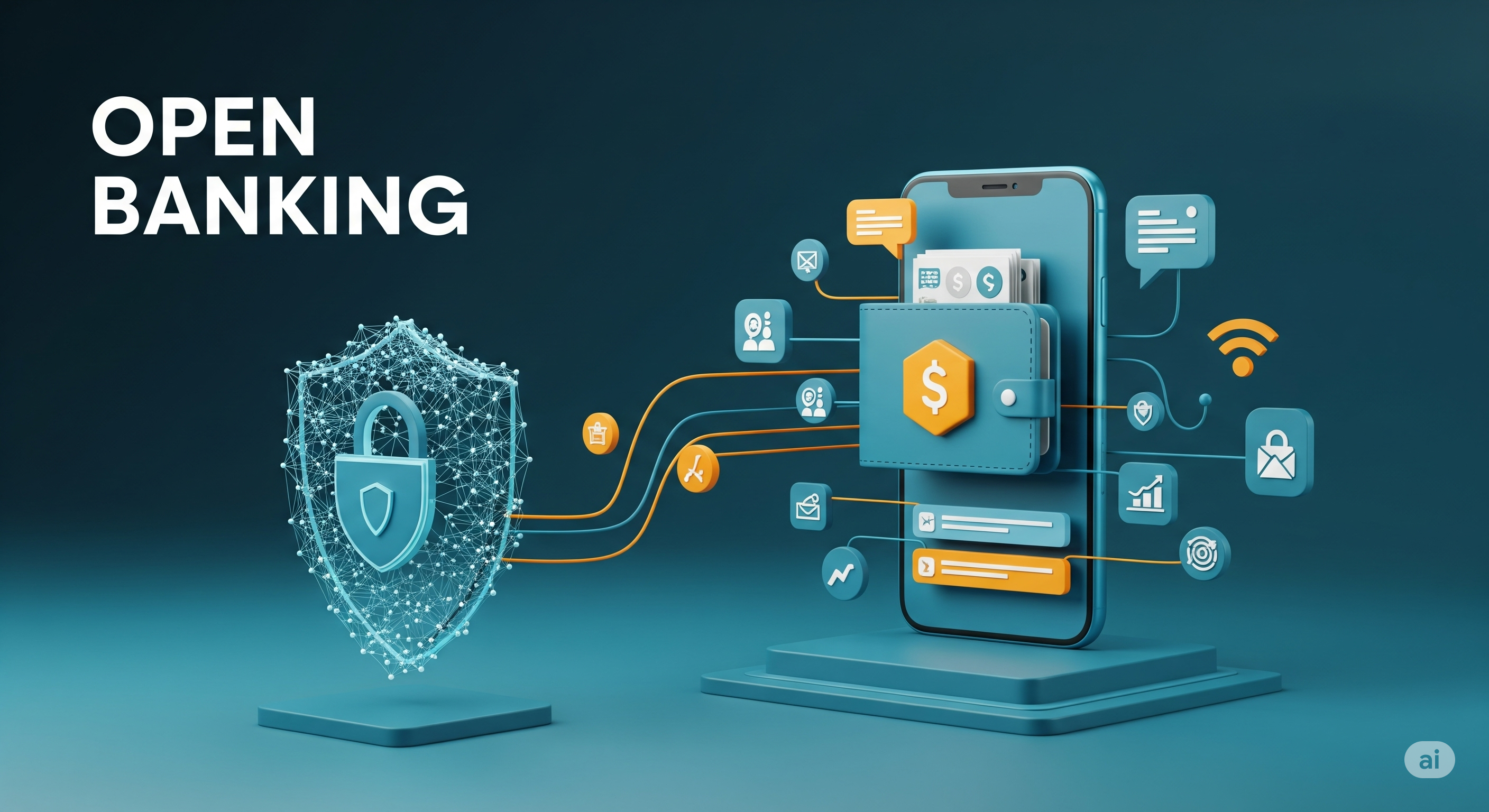
However, challenges exist. It’s important to remember: PSD2 regulates payment services, not cryptocurrencies themselves. Before comprehensive regulation of crypto assets (e.g., MiCA) emerged, this distinction created some uncertainty. Crypto companies wanting to use PSD2-compatible payment services must meet high security and reporting standards. This can demand substantial resources (financial and intellectual). As traditional finances become “open” due to PSD2, and the crypto industry strives for mass adoption, the lines between them blur. Such development could intensify competition but will also lead to crypto businesses constantly adapting to high European standards.
Ultimately, PSD2 works as a bridge between the traditional financial world and the evolving universe of digital assets. It provides security and infrastructure for fiat payments, indirectly helping the cryptocurrency industry become more legitimate and integrate into the global economy.
List of Sources
- European Parliament and Council
Directive (EU) 2015/2366 on payment services in the internal market (PSD2). The official legal text of the PSD2 Directive.
- European Banking Authority (EBA)
Guidelines on the security measures for operational and security risks of payment services under PSD2. Provides detailed guidance on the implementation of security measures, including SCA.
- European Commission
Payment services (PSD1 & PSD2) – Internal Market, Industry, Entrepreneurship and SMEs. Overview of the directives and their objectives from the Commission.
- BBVA Open Platform
Everything you need to know about PSD2. A comprehensive overview from a bank actively engaged in Open Banking.
- Adyen Knowledge Hub
PSD2 Explained: The Ultimate Guide. A business-oriented explanation of PSD2, focusing on compliance and impact.
Content on BlockPort is provided for informational purposes only and does not constitute financial guidance.
We strive to ensure the accuracy and relevance of the information we share, but we do not guarantee that all content is complete, error-free, or up to date. BlockPort disclaims any liability for losses, mistakes, or actions taken based on the material found on this site.
Always conduct your own research before making financial decisions and consider consulting with a licensed advisor.
For further details, please review our Terms of Use, Privacy Policy, and Disclaimer.

